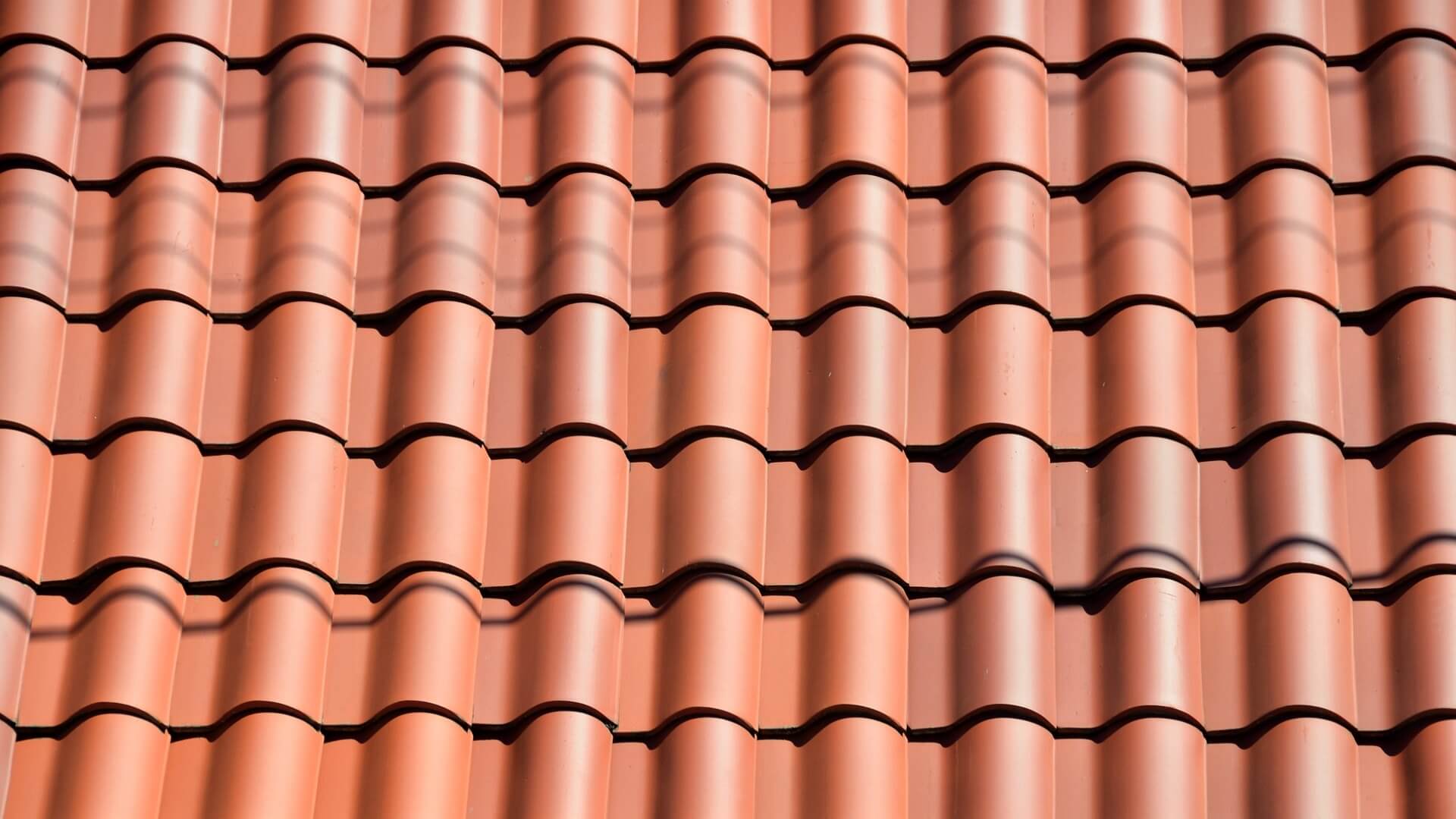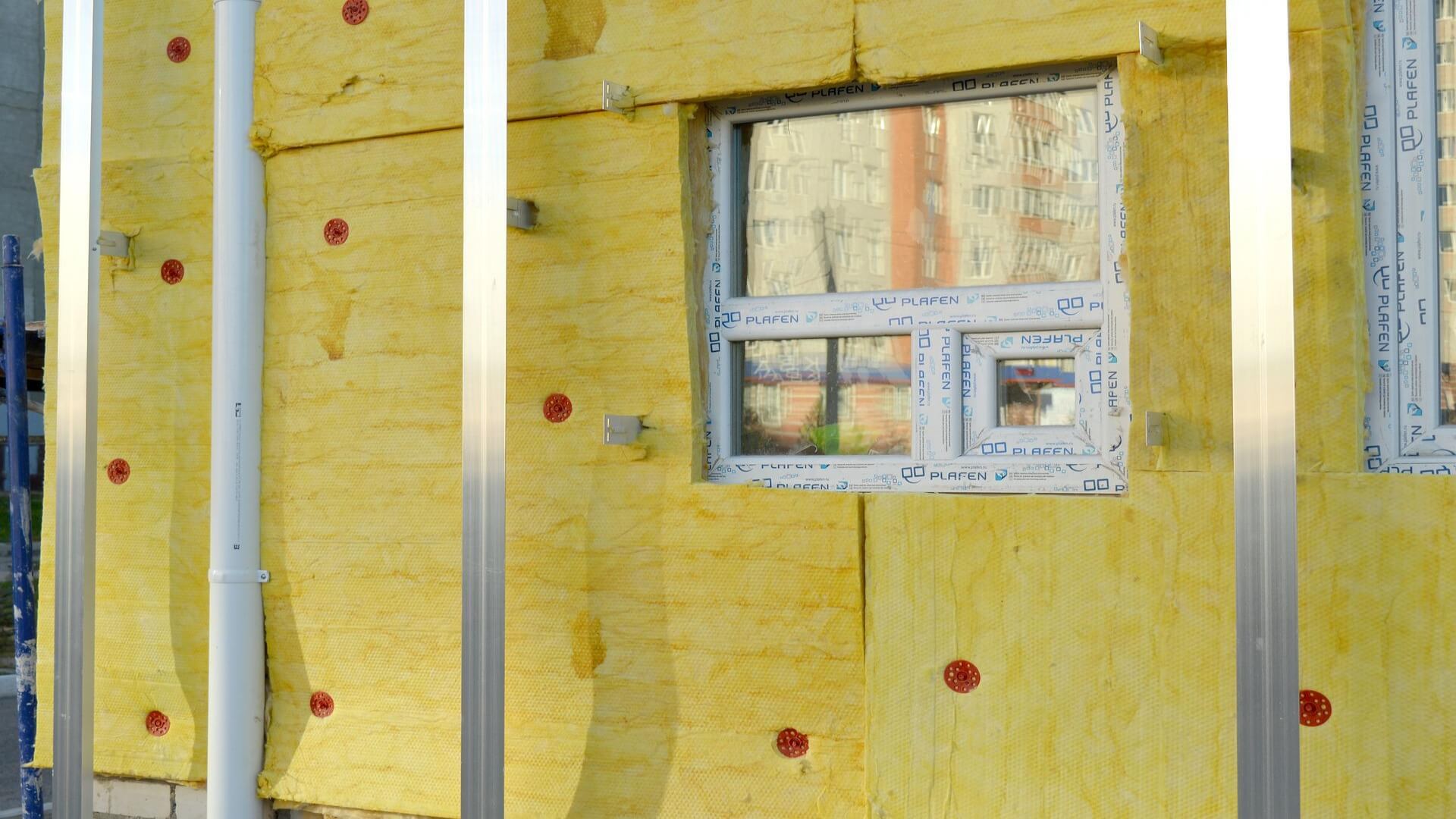If you’re concerned about the possibility of water or moisture damage in your home, don’t worry, you’re not alone. Waterproofing your home is a great way to protect it against the elements, and it’s something that can be done relatively easily and cheaply. This article will discuss some easy steps that you can take to waterproof and moist-proof your home!
Insulate The Walls
England is famous for rainfall, so making sure your walls are protected from it is an essential step. People from all around the Big Smoke are finding contractors who specialize in damp proofing in London so that they can insulate their homes and protect them from the water. This process is not just for those who live in older properties though; insulating your walls is a great way to keep moisture out of your home and make it more comfortable all year round.
Damp proofing in Sussex involves adding a layer of material to your walls that will prevent moisture from seeping in. This can be done by painting on a waterproof sealant or by installing special membranes. You can also insulate your walls with foam boards or fiberglass batting. All of these methods will help to keep your home dry and comfortable, no matter what the weather is like outside.
For example, if it’s a particularly rainy season and your neighbor’s basement is flooding, insulating your walls will help to keep the water out of your home. In the winter, this will also help to keep the heat in, making your home more energy efficient and comfortable. No matter what time of year it is, insulating your walls is always a good idea.
Seal Gaps And Cracks
Gaps and cracks can appear in many places around your home. These are the following:
- Between the sill plate and the foundation
- Where exterior sheathing meets framing
- Gaps around windows and doors
- Openings for plumbing, wiring, or ductwork
To seal gaps and cracks:
- Use caulk or expanding spray foam to fill small gaps less than ¼-inch wide.
- For larger gaps use a backer rod with caulk or self-expanding spray foam.
Sealing these gaps and cracks will help water and moist-proof your home. Doing this will also improve your home’s energy efficiency.
For example, sealing the gaps and cracks around your windows and doors will help keep the warm air inside your home during winter. And sealing the gaps and cracks around exterior sheathing will help prevent moisture from entering your home.
Sealing gaps and cracks is a simple way to water and moist-proof your home. By doing this, you can improve your home’s energy efficiency and prevent moisture damage.
Reinforce The Roof
Your roof is the main protection you have from weather elements, so reinforcing it is a great way to water and moist-proof your home. There are several ways to do this, but the most common is to add more support beams. This will help to distribute the weight of the roof more evenly and prevent any sagging or collapse.
Another way to reinforce the roof is to add additional layers of protection. This could include adding a layer of asphalt felt or installing metal flashing around vulnerable areas such as chimneys and skylights. These measures will help to keep moisture out and prevent any leaks from occurring.
Reinforcing the roof is an important part of maintaining a home, so be sure to take care of it! With proper care, your roof will last for many years to come.
For example, if you live in an area with severe weather conditions, you may want to consider reinforcing your roof before the next season. This will help to ensure that your home is safe and sound, no matter what Mother Nature throws your way.
No matter what method you choose, reinforcing the roof is a smart way to protect your home from water damage.
Maintain The Drainage System
Never let your pipes clog up with debris such as leaves, dirt, and twigs. Doing so will reduce the chance of water seeping into your home through cracks and holes. An annual maintenance check by a professional can help to ensure that your drainage system is working properly.
Waterproofing your home’s exterior is another way to help keep moisture out. Applying a waterproof sealant to basement walls and floors can prevent water from seeping in through cracks and crevices. Be sure to also check for any leaks around doors and windows, and repair them as soon as possible.
Always inspect your gutters and downspouts to ensure that they are clear of debris.

Water and moisture can destroy your entire house, so damp proofing is the first step you need to take. After insulating, make sure to seal all gaps and cracks you have and make sure that your roof is in perfect condition. Finally, make sure to also maintain your drainage system so that nothing can damage your house from the outside!

































